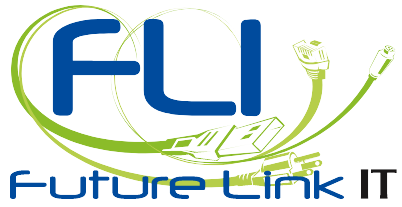 The EMV chip technology standard for payment was first used in France in 1992.
The EMV chip technology standard for payment was first used in France in 1992.
Today, there are more than 1 billion chip cards used around the world. The U.S. is one of the few industrialized nations that have not fully transitioned to this technology standard.
EMV chip technology (a bank card embedded with a micro computer chip, is becoming the global standard for credit card and debit card payments. This technology features payment instruments (cards, mobile phones, etc.) with embedded microprocessor chips that store and protect cardholder data.
If you are traveling overseas, be prepared to use a chip card only as many merchants no longer accept the credit cards with a magnetic strip.
Why do we need to change?
Credit card fraud is out of control and ironically technology is both helping the fraud and helping the security of your money. There is an ongoing battle from both sides to stay ahead of the curve. Chip technology is an evolution in our payment system that will:
- help increase security
- reduce card-present fraud
- enable the use of future value-added applications
EMV is the most recent advancement in a global initiative to combat fraud and protect sensitive payment data. Payment data is more secure on a chip-enabled payment card than on a magnetic strip card, as the former supports dynamic authentication, while the latter does not (the data is static). Consequently, data from a traditional card can be easily copied with a simple and inexpensive card reading device – enabling criminals to reproduce counterfeit card data.
What is the business-side impact?
As businesses and consumers move toward acceptance of this change, Visa, MasterCard, Discover and American Express have announced upcoming liability shift based on this standard. Any merchants or issuers who do not support chip technology may be liable for the cost of counterfeit fraud. The term “Liability Shift” refers to the change in who bears the chargeback related cost of fraudulent transactions.
With the liability shift, if a chip card is presented to a merchant that has not adopted a terminal that is certified for chip card acceptance, liability for counterfeit fraud may shift to the merchant’s acquirer – who may then pass this fee back to the merchant.
if a counterfeit magnetic stripe card is presented at a chip certified terminal, the liability for the counterfeit fraud will be the responsibility of the card issuer.
Be aware that if you are a business accepting payment online, otherwise known as CNP – card not present – there may be an increase if fraudulent activity on this level. As the stealing of information becomes more difficult at the terminal, criminals will head online to continue their activity.
What is the consumer-side impact?
Presenting the card no longer works with a quick swipe down the side of the machine. Known as card dipping, consumers will insert their card and wait for it to process. When an EMV card is dipped, data flows between the card chip and the issuing financial institution to verify the card’s legitimacy and create the unique transaction data. This process isn’t as quick as a magnetic-stripe swipe.
“It will take a tiny bit longer for that transmission of data to happen,” says Dave Witts, president of U.S. payment systems for Creditcall. “If a person just sticks the card in and pulls it out, the transaction will likely be denied. A little bit of patience will be involved.”
Additionally signing and PIN use will be a little different and no longer based on the type of card you are using. A PIN connects the payment terminal for a real-time transaction verification. Not all businesses will be equipped for this approval process and may continue to require a signature. The signature, just like a magnetic stripe card, allows the consumer to take on the approval responsibility for payment.
How soon will the transition happen?
As of October 1, 2015 the liability for fraudulent transactions will shift to whichever party is the least EMV-compliant. Fuel / pay at the pump locations have until 2017 to make the change. This doesn’t mean a complete shift will occur right away and experts believe it could take a while to get the cards and readers into the hands of everyone.
At this point, be patient and stay informed.
Image courtesy of MisterGC at www.freedigitalphotos.net
